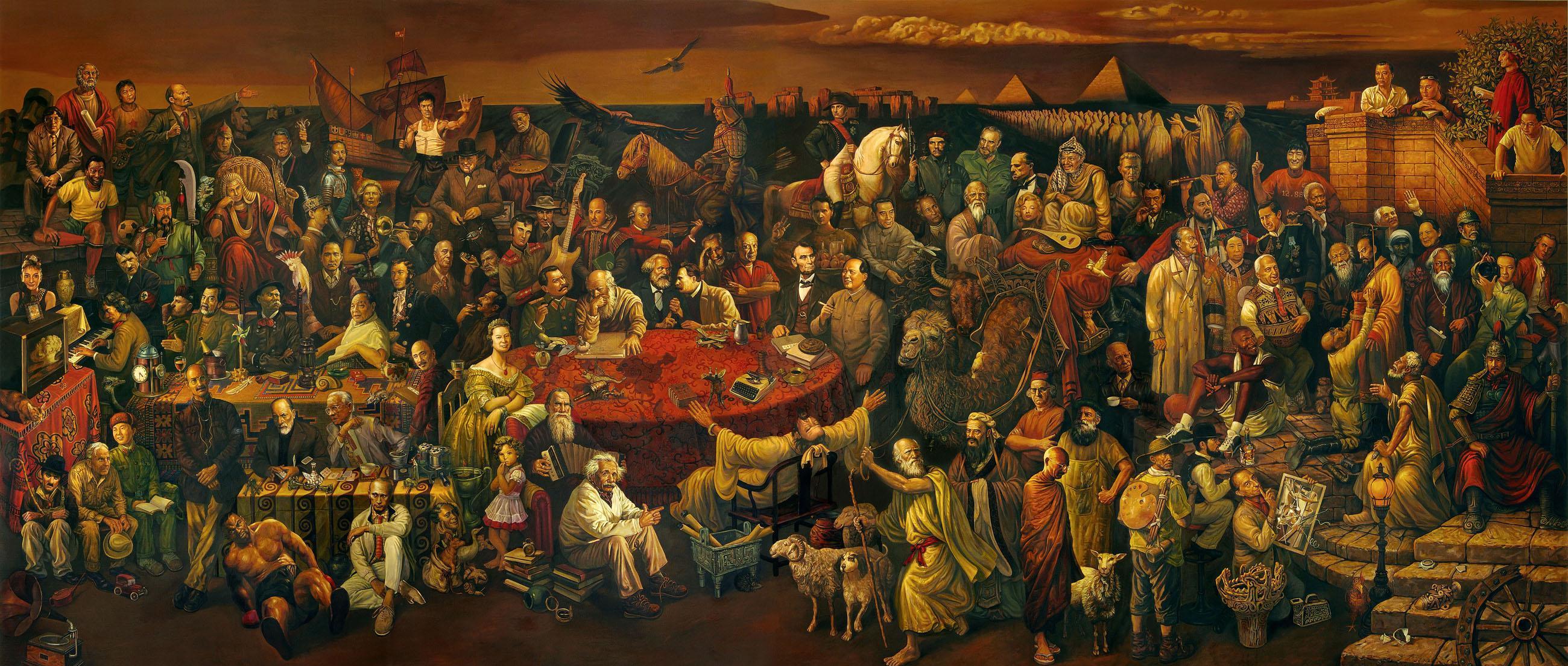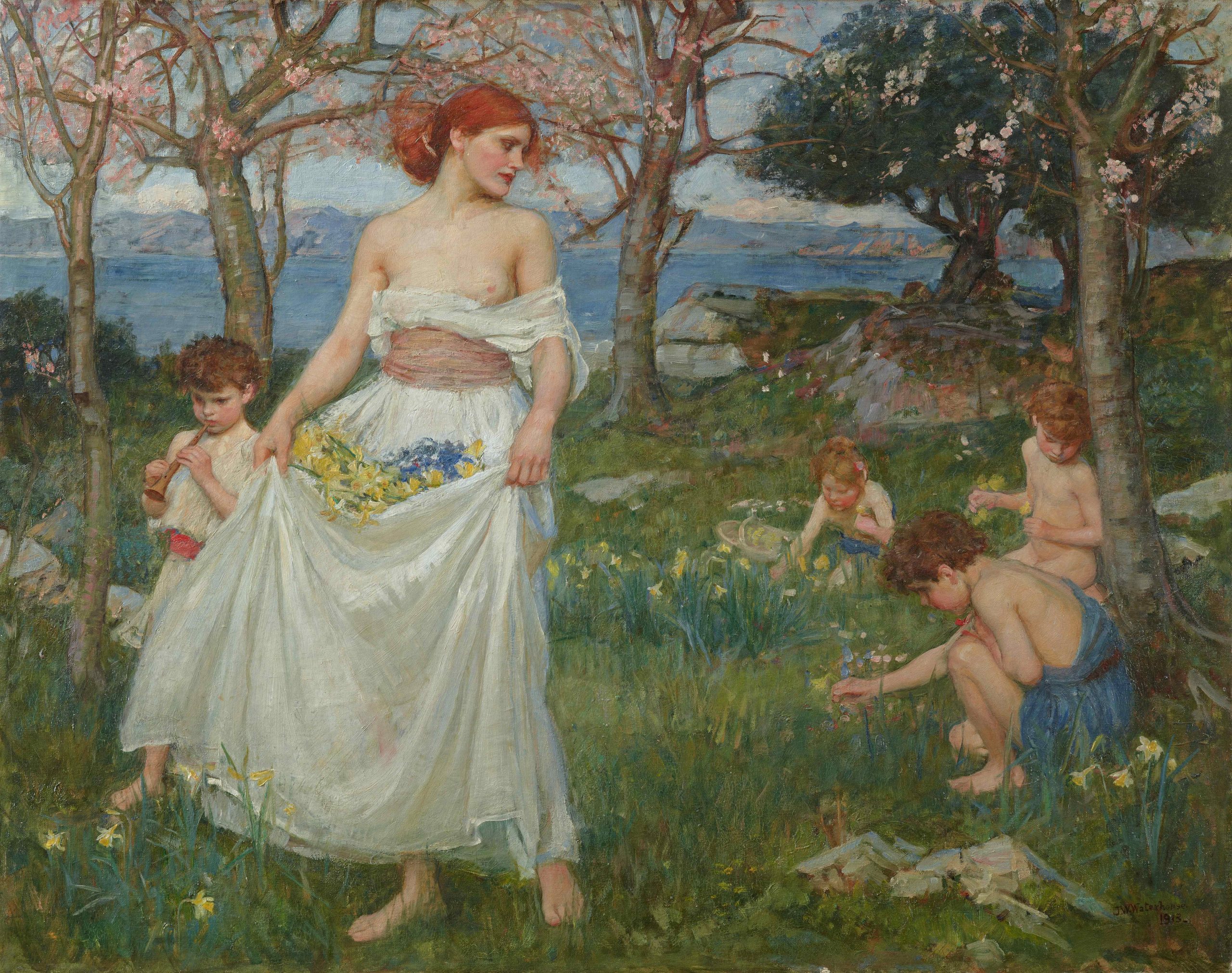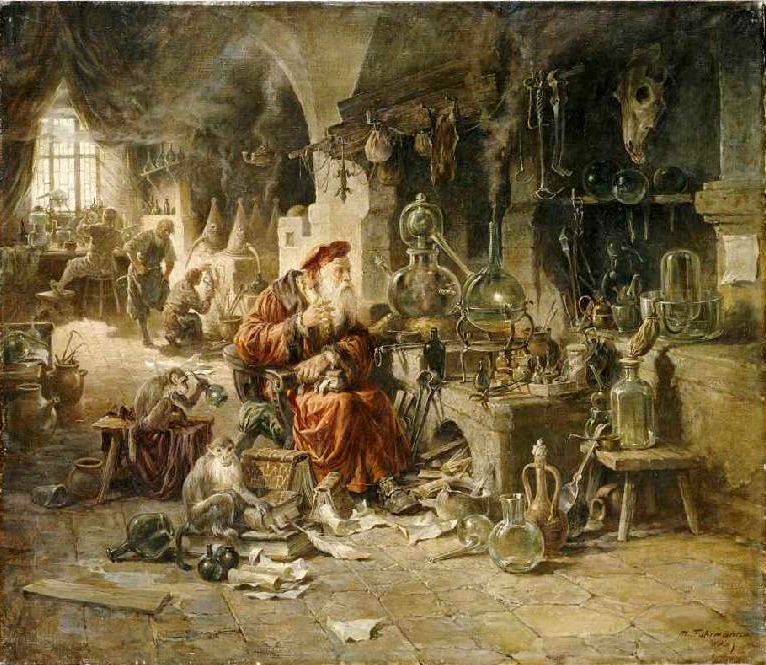Archives
- Home
- Event Page 90

Human Resources Michaelmas
Periodic walk-through of Human Resource best practice catalog for labor markets generally; and units within the education facility industry specifically. We inform our discussion based upon today’s release on the Employment Situation Summary from the US Bureau of Labor Statistics.
Recommended Reading:
“The Human Side of Enterprise” 1960 Douglas McGregor
University of Chicago Press: Readings in Managerial Psychology
Rutgers University: Organizational Design and Structure
For an advance agenda send a request to bella@stanardsmichigan.com. Use the credentials at the upper right of our home page to log in.
“Michaelmas” Glasglow University Choir
“Summer ends now; now, barbarous in beauty, the stooks rise around.”
— Gerard Manley Hopkins, Hurrahing in Harvest
University of York “Forrest Gump Suite”
“Long after August, the dawns will rise cooler, more blue, each hinting at the end of summer.”
— Neil Gaiman, The Ocean at the End of the Lane
Rud videregående skole “Toxic”
Rud videregående skole | Viken Norgehttps://t.co/0MbYBjhbpfhttps://t.co/Vl97Q5VjXj
"Heal the World" | https://t.co/unAcKeyfFx pic.twitter.com/5QvB5GCBoL— Standards Michigan (@StandardsMich) August 30, 2024
Paraskevidekatriaphobia
This content is accessible to paid subscribers. To view it please enter your password below or send mike@standardsmichigan.com a request for subscription details.
Laboratories
Status check on standards action that guide laboratory safety and sustainability in all building disciplines. There are about ten standards developers in this space and they do not all move in a coordinated manner among themselves; much less from state-to-state. Anyone is welcomed to join this teleconference with the login information below. For an agenda, please join our mailing list.
Structures
This content is accessible to paid subscribers. To view it please enter your password below or send mike@standardsmichigan.com a request for subscription details.
New update alert! The 2022 update to the Trademark Assignment Dataset is now available online. Find 1.29 million trademark assignments, involving 2.28 million unique trademark properties issued by the USPTO between March 1952 and January 2023: https://t.co/njrDAbSpwB pic.twitter.com/GkAXrHoQ9T
— USPTO (@uspto) July 13, 2023
Standards Michigan Group, LLC
2723 South State Street | Suite 150
Ann Arbor, MI 48104 USA
888-746-3670












